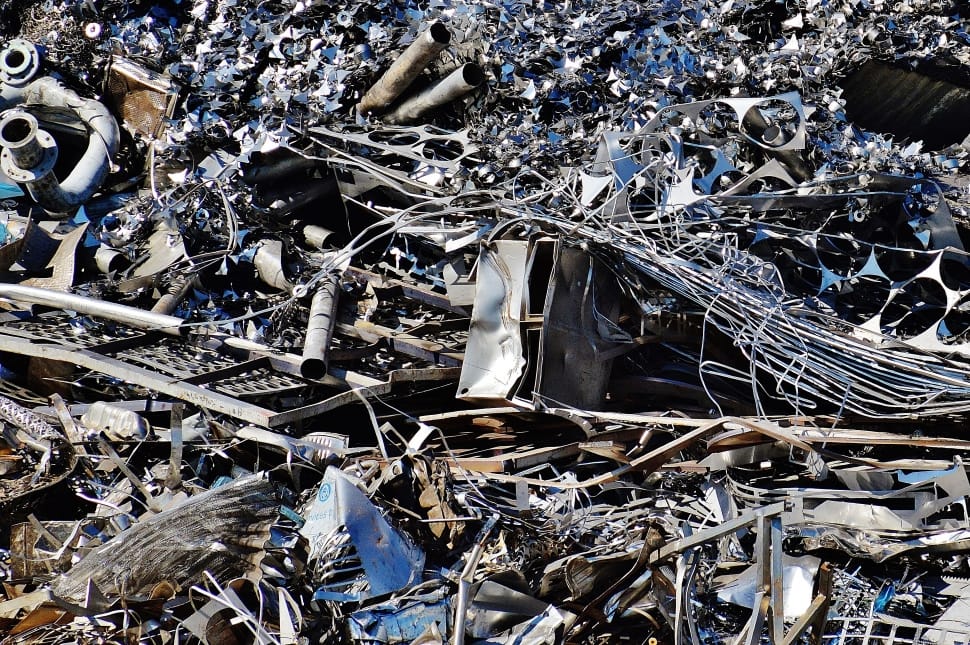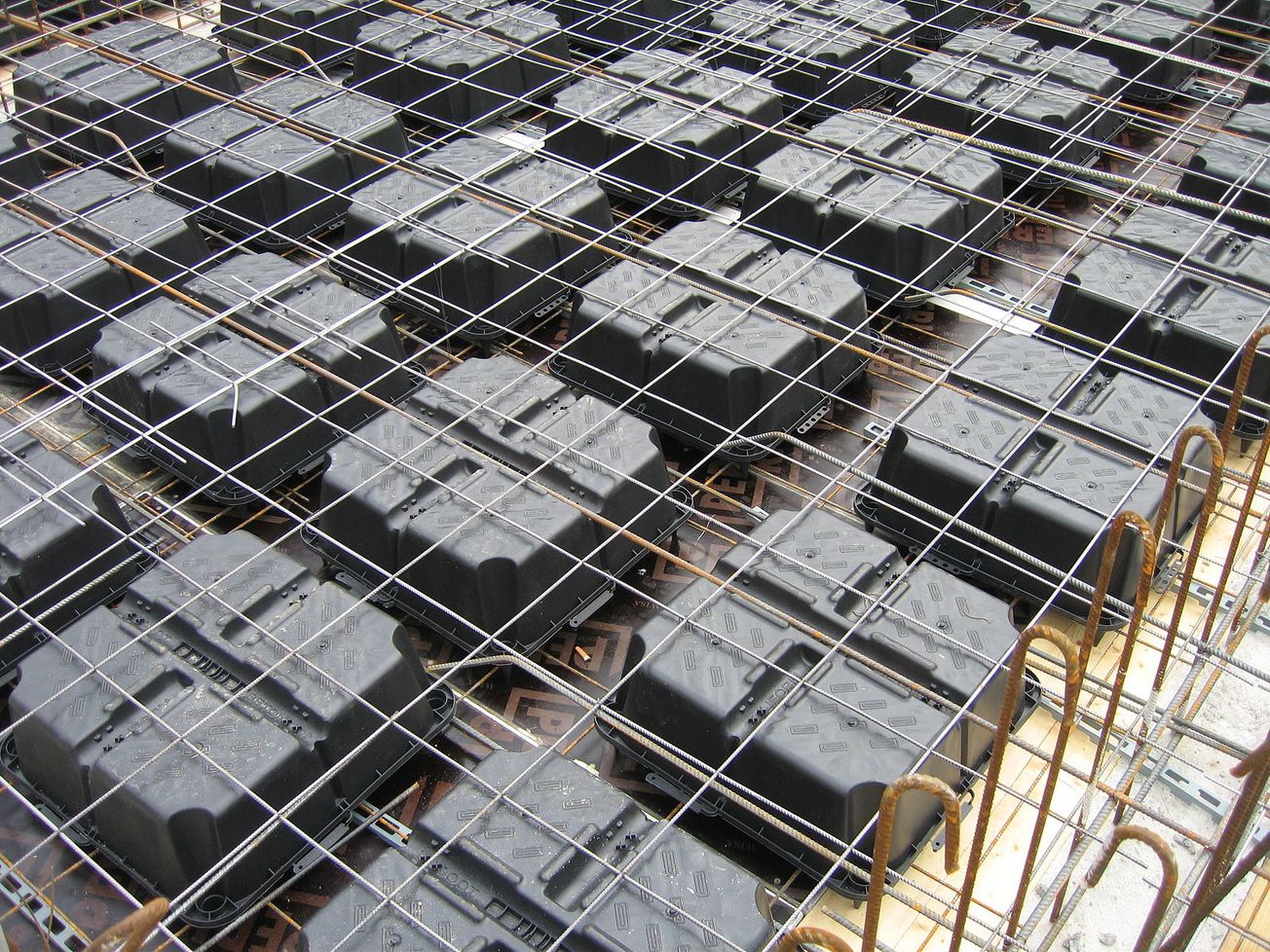Architects, designers, and builders are increasingly recognizing that the environmental impact of a building goes beyond its day-to-day operations. It extends to the materials used and the processes involved in its creation—a concept referred to as "embodied carbon emissions" or "embodied carbon." These emissions have profound implications as we envision a more sustainable future amidst the current climate crisis.
Embodied carbon emissions refer to the total amount of greenhouse gas emissions associated with the entire life cycle of building materials, from production and transportation to construction and installation. It is the carbon footprint of a building before it even begins to function. This concept reflects the growing awareness that a building's environmental impact is not limited to its operational phase, during which it consumes energy for heating, cooling, and electricity. Instead, it includes the emissions generated throughout the life cycle of its materials, which encompass four main stages:
1. Material Production: The extraction or manufacturing of raw materials, such as cement, steel, wood, and glass, consumes energy and generates emissions. For instance, the production of cement is notorious for its high carbon intensity.
2. Transportation: The transportation of materials from their source to the construction site incurs emissions. Whether materials travel by road, sea, or air, each mode of transportation contributes to the embodied carbon of a building.
3. Manufacturing Processes: Converting raw materials into construction-ready forms often involves energy-intensive processes. The manufacturing of steel, for instance, requires significant energy inputs, contributing to embodied carbon.
4. Construction and Installation: The construction phase itself incurs emissions from the use of construction equipment, energy for heating and cooling during the process, and emissions generated on-site.

Addressing embodied carbon has become increasingly urgent for several reasons. As operational carbon emissions from buildings decrease due to improved energy efficiency, the proportion of emissions associated with embodied carbon grows, thus making embodied carbon a substantial part of a building's total carbon footprint. In alignment with global climate goals, the building and construction industry faces the imperative of substantially reducing carbon emissions. This mandate necessitates a comprehensive approach that encompasses both operational and embodied carbon emissions. Additionally, the long-term implications of embodied carbon are profound. The environmental impact of a building's materials endures for the duration of its life cycle, which can span several decades. Therefore, the reduction of embodied carbon today carries lasting benefits for dealing with the climate crisis and fostering sustainability. Promoting the use of sustainable and low-carbon materials has the potential to transform the construction industry into a more environmentally friendly sector. Materials such as recycled steel, responsibly sourced wood, and low-carbon concrete are gaining prominence as viable solutions to reduce embodied carbon emissions and contribute to a greener future.
Mitigation strategies for architects and builders are instrumental in addressing embodied carbon emissions. Architects, designers, and builders play a pivotal role in this endeavor, and several key strategies are at their disposal. Firstly, material selection is of paramount importance. Opting for materials with lower embodied carbon, such as recycled materials, sustainably sourced wood, and alternative low-carbon materials, is a foundational step. Secondly, designing for efficiency becomes crucial, involving the optimization of material use to minimize waste and excess. This includes the incorporation of designs that facilitate disassembly, ultimately easing recycling at the end of a building's life cycle. Thirdly, supply chain optimization is an effective approach, with a focus on reducing emissions associated with material transportation. This entails sourcing materials locally whenever feasible and implementing efficient supply chain practices to minimize transportation distances. Employing embodied carbon assessment tools is essential. These tools enable architects and builders to evaluate the embodied carbon of different design options comprehensively, empowering them to make informed decisions. Additionally, exploring carbon offsetting strategies, such as reforestation projects or carbon capture technologies, offers avenues to mitigate the impact of unavoidable emissions. Finally, advocacy and education are pivotal aspects of the mitigation strategy. Architects and builders can actively advocate for policies and practices that promote lower embodied carbon in construction. Concurrently, they have a vital role in educating stakeholders, including clients and contractors, about the critical importance of reducing embodied carbon emissions as a cornerstone of sustainable construction practices.

In the quest for a more sustainable and environmentally conscious future, architects and builders must recognize the pivotal role of embodied carbon emissions in shaping the carbon footprint of buildings. Addressing embodied carbon is not merely a choice; it is an imperative. It requires a concerted effort across the construction industry to adopt sustainable practices, select eco-friendly materials, and design buildings with a reduced environmental impact.
By embracing the challenge of reducing embodied carbon emissions, architects and builders can contribute to a sustainable future where buildings not only provide functional spaces but also minimize their long-term ecological footprint. In doing so, they become stewards of change, leading the way toward a more sustainable and harmonious coexistence with our planet.





